Welcome to the world of aquariums, a place where aquatic life flourishes beautifully. But, you might notice something less pleasant – algae in your aquarium. Though a little algae is okay and even good for your tank’s health, too much can be annoying.
This piece will help you understand why algae grow in aquariums. We’ll look at how to keep their growth in check, and how to remove algae from your tank. This info is great whether you’re just starting or you’ve been keeping fish for years. Knowing what causes algae and how to stop it is crucial for a clean, balanced aquarium.
Table of Contents
Algae in Your Aquarium Key Takeaways:
- Too much algae is a problem in aquariums.
- It’s important to know why algae grow to prevent them.
- Taking steps beforehand can control algae.
- Getting rid of algae can include using algae-eating creatures.
- Keeping your tank in good condition is key to stopping algae.
Is Algae Bad for a Fish Tank?
Algae in your aquarium isn’t always bad. It plays a key role in your tank’s environment. By using light and organic nutrients, algae grow and help clean the water. They absorb extra nutrients and make the tank look natural.
But, too much algae isn’t good. It can make the water green and cloudy. This blocks the view of your fish and other water life. It can also lower oxygen levels in the tank if you don’t manage it.
The Benefits of Algae in a Fish Tank
Algae do have their upsides in your aquarium:
- They produce oxygen through photosynthesis, vital for a healthy aquatic world.
- Certain fish, invertebrates, and snails eat algae as part of their diet.
- Algae provide hiding spots and shelter for tank inhabitants.
- They make your tank look more natural and appealing.
It’s all about balance with algae in your tank. A bit of algae is normal and good. But, you need to keep it in check to have a clean and pretty tank.
Next, we will look into what causes too much algae in fish tanks. We’ll also talk about how to control and stop algae from taking over.
Why Does My Fish Tank Have So Much Algae?
Algae growth in your aquarium happens due to nutrients and lighting issues. Too many nutrients, like nitrates and phosphates, make algae grow. Too much light also speeds up algae growth.
Keeping algae away means balancing your aquarium. This is tough because plant growth and nutrient levels change. It requires constant checking of nutrient levels, testing water, and taking care of your aquarium.
Here are ways to keep algae under control:
- Monitor nutrient levels: Test water regularly. Make sure nutrients, especially nitrates and phosphates, stay at safe levels. This stops algae from getting what it needs to grow.
- Control lighting: Set your lights right for your plants. Too much light helps algae grow. Use a timer for consistent light.
- Maintain a clean tank: Change water often. Keep the aquarium clean to avoid organic build-up that algae feed on. Clean the filter and vacuum the ground often.
- Introduce algae-eating fish or invertebrates: Some fish and shrimp love to eat algae. By adding them, you reduce algae naturally.
By doing these, your tank will be healthier. Your fish and plants will be happier with less algae around.
| Common Causes of Excessive Algae Growth | Prevention Strategies |
|---|---|
| Excess nutrients (nitrates, phosphates) in the water | Test water regularly and keep nutrients in check. Adjust feeding and use special media or plants to remove nutrients. |
| Too much light exposure | Use timers for your lights. Make sure your plants and fish get the right amount of light. |
| Poor water circulation | Get a good filter system for better water flow and oxygen. Clean or change the filter media regularly. |
| Inadequate tank maintenance | Clean your tank and change the water often. Remove debris and take care of your filter to avoid organic buildup. |
With good care, you can stop algae from taking over your tank. This keeps your aquarium clean and beautiful for you to enjoy.
How Do I Get Rid of Algae in My Fish Tank?

Getting rid of algae from your fish tank means keeping it balanced and healthy. Use the right steps and algae-eating helpers for this. Key moves include controlling and reducing algae:
1. Optimize Lighting and Nutrient Levels
**Preventing algae growth** means balancing light and nutrients. Too much light or nutrients boost algae. Here are tips:
- Match lighting to your tank’s fish and plants.
- Use a timer for consistent light.
- Watch and control nitrates and phosphates. High levels mean more algae. Use tests and water changes to keep nutrients right.
2. Introduce Algae-Eating Fish and Invertebrates
Algae-eaters help control algae. They naturally eat it, which keeps your tank clean and pretty. Some good choices are:
- Otocinclus catfish: They love eating algae like brown or green spot types.
- Amano shrimp: They’re great at dealing with hair algae and green spots.
- Nerite snails: These snails eat algae on tank surfaces well.
3. Maintain Good Water Quality and Tank Upkeep
**Preventing algae growth** also means good maintenance and water quality. Here’s how:
- Change the water often to remove extra nutrients.
- Clean your tank by getting rid of debris and leftovers.
- Use proper filters and ensure water moves to stop algae-friendly spots.
Follow these tips and pay attention to your aquarium’s care to fight algae. Algae control takes time and effort, but it leads to a healthy home for your fish and plants.
Brown Algae
Brown algae, also known as diatom algae, often show up in new tanks. These types of algae can be a headache for aquarium owners, as they can make the tank look less appealing. But, you can effectively manage and get rid of brown algae.
One way to beat brown algae is to let live plants in the tank eat it. As these plants grow, they take in the nutrients brown algae need. This slow process can reduce brown algae over time.
Using an algae scrubber sponge is another good way to remove brown algae. These sponges are made to scrub off algae gently, without harming the tank. Scrubbing the tank with one of these sponges can physically remove the brown algae. This helps make the tank clean again.
Along with these natural methods, certain aquatic animals can eat brown algae. Otocinclus catfish, snails, and shrimp are great at eating algae. Adding these animals to your tank can help control brown algae.
Benefits of Removing Brown Algae
Getting rid of brown algae has many benefits. It makes your tank look better, highlighting the bright colors of your fish and plants. Also, it creates a healthier environment by ensuring the water is clean. This prevents harm to the animals living in the tank.
By working to remove brown algae, aquarium owners can keep a balanced and healthy ecosystem in their tanks.
Black Beard Algae (BBA)
Black Beard Algae is a tough type of algae found in aquariums. It sticks to surfaces like driftwood and plants. It’s dark and hairy, which many find unappealing. Getting rid of it takes effort, but it’s not impossible.
One way to fight BBA is by adding algae-eating fish. Siamese algae eaters are really good at this job. They love eating BBA, which can help control its spread.
Chemical treatments are another effective method. Adding liquid carbon can stop BBA from growing. Spot treating with hydrogen peroxide also works well. Always follow the instructions when using chemicals.
Stopping BBA before it starts is the best plan. Keep the water clean, have good filters, and provide enough light for plants. Regular cleaning and water changes reduce nutrients that feed BBA.
Even though Black Beard Algae is stubborn, you can keep it under control. Using the right methods makes your aquarium healthier and looks better.
Hair Algae

Hair algae, staghorn algae, string algae, and thread algae look like wet hair. They can take over an aquarium quickly. This causes problems with how the aquarium looks and it’s hard to keep clean. Hair algae grow fast and are tough to get rid of.
To fight hair algae in your tank, you can try several things:
- Reduce lighting: Hair algae love lots of light. Cutting down light exposure can slow their growth.
- Adjust fertilization: Too many nutrients boost hair algae growth. By keeping nutrient levels in check, you can fight off hair algae.
- Manual removal: You can physically remove hair algae clumps. But, it’s key to fix the root issue to stop them from coming back.
- Algae-eating fish or invertebrates: Some fish and invertebrates eat hair algae. Adding them to your tank can help control the algae.
By using these tips and keeping water balanced, you can lessen hair algae. This makes your tank healthier and nicer to look at.
Case Study: Hair Algae Control Chart
| Method | Effectiveness | Ease of Implementation |
|---|---|---|
| Reducing lighting | High | Easy |
| Adjusting fertilization | Moderate | Moderate |
| Manual removal | Moderate | Moderate |
| Algae-eating fish or invertebrates | High | Easy |
This chart shows how well different methods work to control hair algae. Each aquarium is different, so results might vary. Trying various ways to find what works best for your tank is important.
Green Spot Algae (GSA)
Green Spot Algae, or GSA, is a type of algae often seen in aquariums. It forms small green spots on aquarium walls and plants. This can make the tank look less appealing.
GSA usually appears due to too much light or not enough phosphates. When this happens, GSA can quickly spread.
Getting rid of GSA takes effort. You can use a razor blade or a plastic card to scrape it off. Make sure to do this gently to avoid damaging your tank.
Nerite snails can also help control GSA. They love to eat algae and work well in fighting off these green spots.
Preventing GSA is about fixing its root causes. Reduce light and manage nutrients to prevent algae growth.
Here’s a quick summary of Green Spot Algae information:
| Algae Type | Appearance | Main Causes | Removal Methods |
|---|---|---|---|
| Green Spot Algae (GSA) | Small green spots on walls and slower-growing plants | Excess light, imbalance of phosphates | Manual scraping with a razor blade or gift card, introduction of nerite snails |
Knowing how to handle Green Spot Algae means you can keep your aquarium clean and beautiful. Remember, prevention is key to a healthy aquatic home!
Blue-Green Algae (BGA)
In aquariums, blue-green algae, also known as cyanobacteria, can grow and form a slimy coating. These algae can smell bad and can be hard to get rid of. It’s important to keep your aquarium clean and use special methods to control BGA.
Improving Aquarium Upkeep
To keep blue-green algae away, taking care of your aquarium is key. Here are some important steps:
- Regularly clean the aquarium by removing debris and uneaten food.
- Perform routine water changes to maintain optimal water quality.
- Avoid overfeeding your fish to prevent excess nutrients in the tank.
- Ensure proper filtration and water circulation to promote a healthy aquatic environment.
Increasing Water Circulation
Blue-green algae don’t like moving water. So, better water flow can help control their growth. Think about these tips:
- Install a quality aquarium pump or powerhead to enhance water movement.
- Position the pump or powerhead strategically to ensure proper flow throughout the tank.
- Use a combination of water circulation and aeration to create an unfavorable environment for blue-green algae.
Using Chemical Treatments like Erythromycin
Sometimes, you might need chemicals to fight blue-green algae. Erythromycin is an antibiotic that works against cyanobacteria. Yet, it’s crucial to use it properly to avoid harming your aquarium.
In short, tackling blue-green algae means keeping your aquarium clean, improving water flow, and possibly using chemicals like erythromycin. These steps can help you keep a healthy, algae-free aquarium.
| Your Text | Your Text | Your Text |
|---|---|---|
| Your Text | Your Text | Your Text |
| Your Text | Your Text | Your Text |
Green Water
Green water means lots of tiny algae in the aquarium, giving the water a green look. This happens when algae grow fast. It’s hard to get rid of and make the water clear again. Yet, there are good ways to fix this and make the aquarium look nice.
To fight green water, you can use blackout periods. You cover the aquarium for about three days. This blocks the light algae need to grow. Be sure to watch your fish and water during this time to keep them healthy.
Another way to deal with green water is with UV sterilizers. These devices use UV light to stop the algae from growing. They help make the water clear again. When picking a UV sterilizer, make sure it’s right for the size of your aquarium.
Keeping the water’s quality good is also important. Test the water often and change it as needed. This checks the levels of nutrients that algae eat. Changing the water gets rid of these extra nutrients. This makes the water not as good for algae.
Tackling Green Water: Summary of Methods
Here’s how you can fight green water in your aquarium:
| Method | Description |
|---|---|
| Blackout periods | Covering the aquarium to stop algae from getting light, which stops their growth. |
| UV sterilizers | Using UV light to beat algae, making the water clear. |
| Maintaining water parameters | Testing and changing water to manage nutrients and prevent algae from growing. |
Using these methods can clear green water in aquariums. Keeping an eye on your aquarium and staying on top of maintenance helps stop green water from coming back. This keeps your aquatic home healthy.
Conclusion
Algae are a part of the aquarium world, but too much can spoil the look. As someone who loves fish tanks, I’ve learned how important it is to know why algae grow and how to stop it. By taking steps to control algae, you can keep your aquarium looking good and healthy.
Stopping algae starts with a well-balanced tank. You need the right amount of light and nutrients to avoid algae issues. Cleaning your tank regularly and keeping the water in good condition are key to stopping algae.
To get rid of algae, try different methods for the best outcome. Scrubbing algae off or using special sponges can work well for some types. Adding fish or snails that eat algae, like otocinclus catfish or nerite snails, can also help keep algae in check.
Managing algae is all about trying different things to see what works for your tank. It takes time and effort, but you can have a tank without algae. Your fish and plants will do much better in a clean, beautiful aquarium.
FAQ
Is algae harmful to my fish tank?
Algae aren’t always bad for your fish tank. They clean the water and make it look natural. But too much algae isn’t good.
What causes excessive algae growth in my fish tank?
Too much light or nutrients cause algae to grow a lot. This makes algae spread quickly in your tank.
How can I remove algae from my fish tank?
For algae removal, balance your tank. Adjust the lighting and nutrients.
Adding algae-eating creatures helps in controlling algae too.
How do I remove brown algae from my aquarium?
Brown algae can be removed slowly by plants or an algae scrubber. Otocinclus catfish, snails, and shrimp also eat it.
How can I get rid of black beard algae (BBA) in my aquarium?
To beat Black Beard Algae, use Siamese algae eaters or chemicals. Liquid carbon or hydrogen peroxide can work.
What can I do to control hair algae in my aquarium?
Control hair algae by cutting back lighting, changing fertilization, and removing it by hand. Algae-eaters can help too.
How do I remove green spot algae (GSA) from my aquarium?
Scrape off Green Spot Algae with a razor or a card. Nerite snails can also keep it under control.
What can I do to manage blue-green algae (BGA) in my aquarium?
Manage Blue-Green Algae by cleaning better, boosting water flow, and using erythromycin.
How can I tackle green water in my aquarium?
Fix green water with blackout periods, UV sterilizers, and regular water tests and changes.
How can I prevent algae growth in my aquarium?
Prevent algae by keeping your tank balanced. Avoid too much nutrients and light. Clean your tank and gear often.
How to Control Algae in Aquarium?
Controlling algae in an aquarium involves:- Reducing excess nutrients by:
- Cutting back on feeding
- Performing regular water changes
- Adding live plants and algae-eating crew:
- Live plants compete with algae for nutrients
- Herbivorous fish, snails, and shrimp eat algae
- Adjusting lighting:
- Reduce intensity and duration of lighting
- Use high-quality LED lights mimicking natural cycles
- Regular maintenance:
- Scrub surfaces
- Vacuum substrate
- Trim overgrown plants
References
- International Federation of Online Clubs and Aquatic Societies (IFOCAS)
- Federation of British Aquatic Societies (FBAS)
- Northeast Council of Aquarium Societies (NEC)
- Federation of American Aquarium Societies (FAAS)
- Ornamental Aquatic Trade Association (OATA)
I am a passionate aquarist with over 30 years of hands-on experience in fishkeeping. My journey began at a young age, collecting fish from the wild and learning through experimentation. Specializing in tropical fish, I bring a deep understanding of the hobby to FishKeepingMadeSimple. The site provides honest, detailed reviews of essential products and accessories to help fellow enthusiasts create the best environments for their fish.


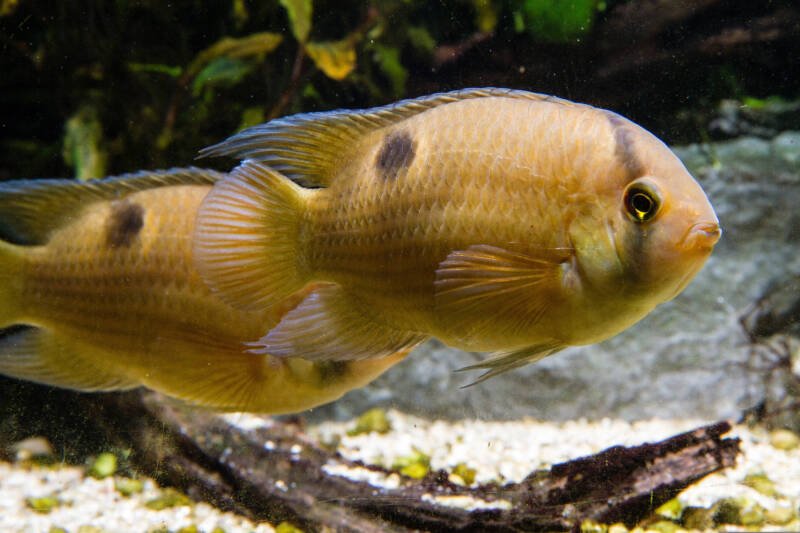
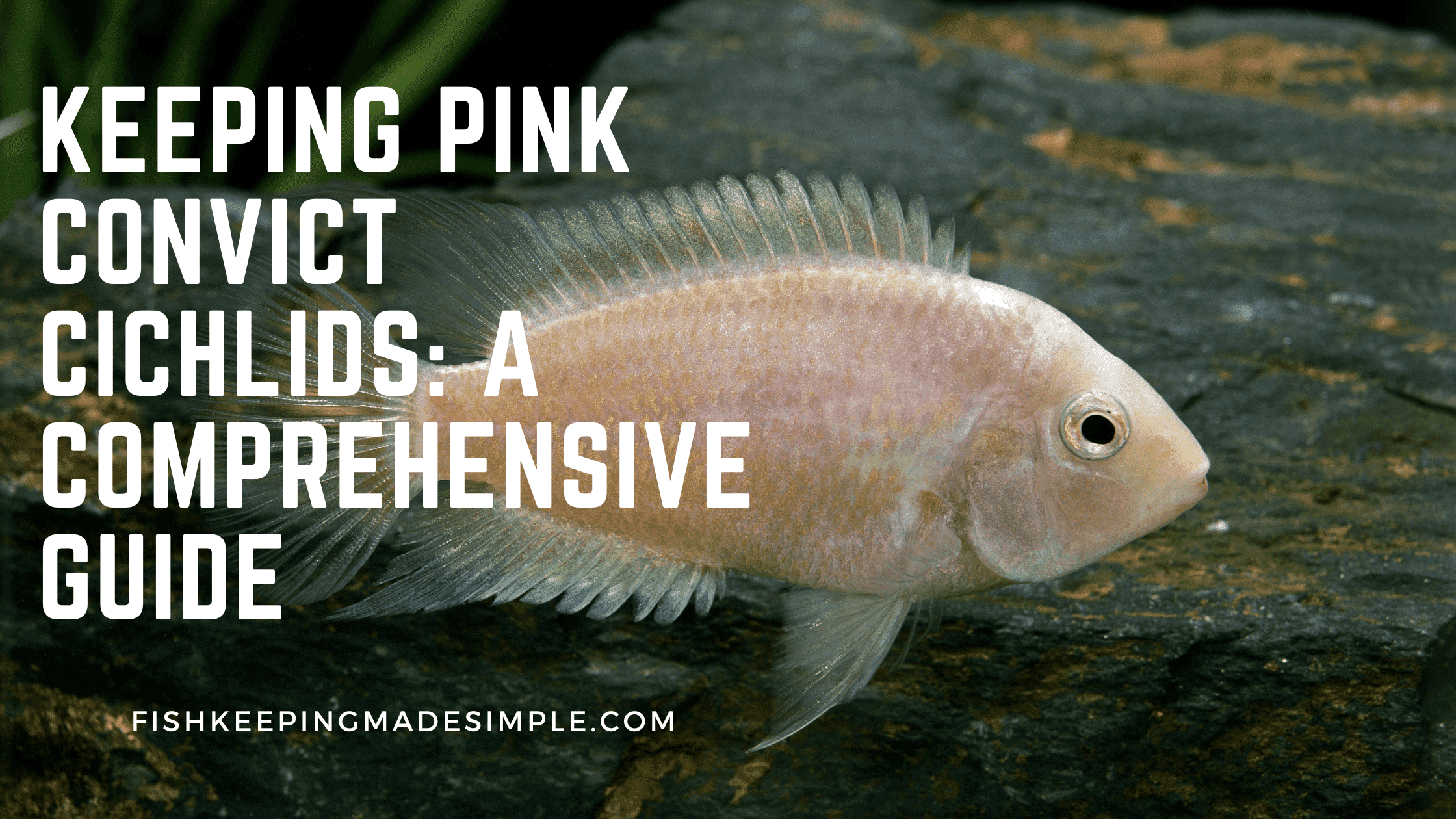

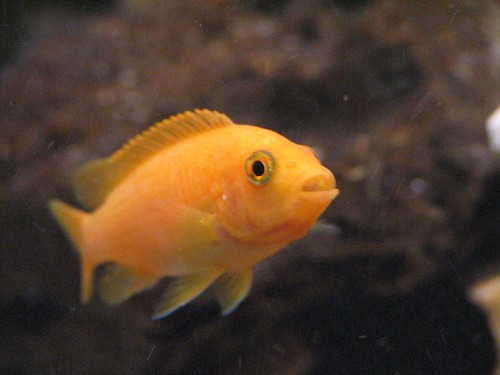

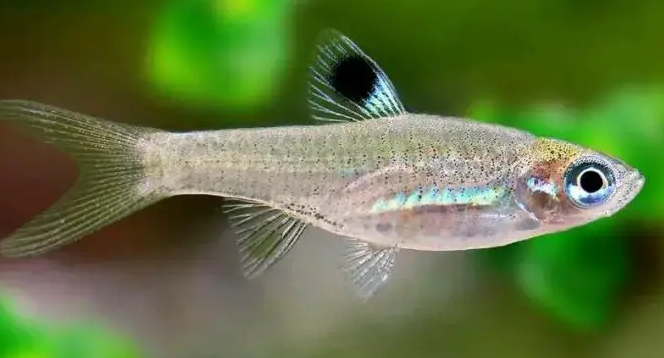
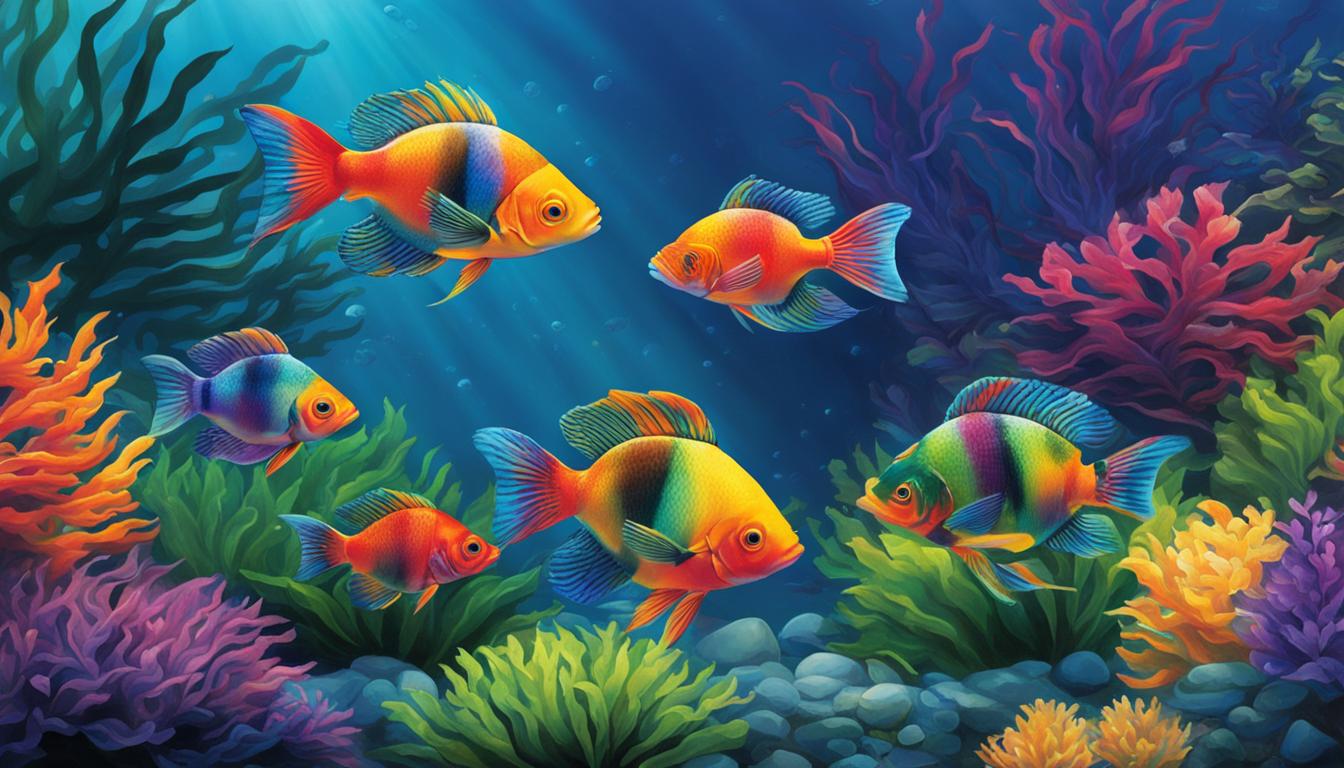
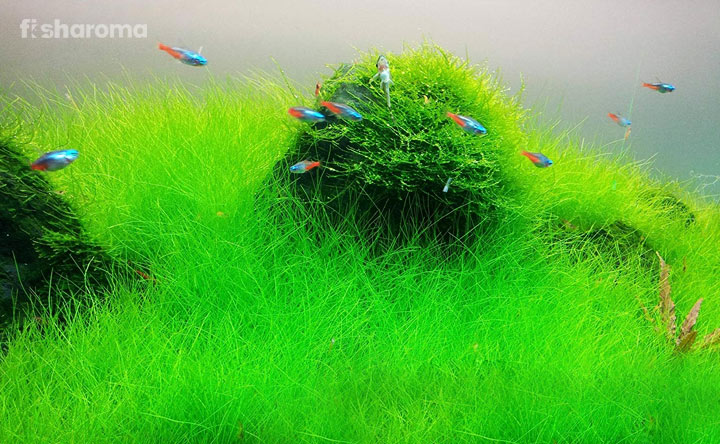
[…] to maintaining a healthy environment for your koi fish. Clearing debris, trimming plants, and removing excess algae can help prevent water contamination and improve water clarity. Additionally, regular water changes can help […]
[…] remedies and natural prevention methods can also be utilized to control fish […]
[…] algae growth: Certain beginner-friendly aquarium plants such as Java moss and Anubias can help reduce the growth of undesirable algae in your aquarium. […]
[…] Prevent the spread of diseases by practicing good aquarium hygiene. Regularly clean the aquarium and equipment and avoid introducing sick fish to the tank. […]